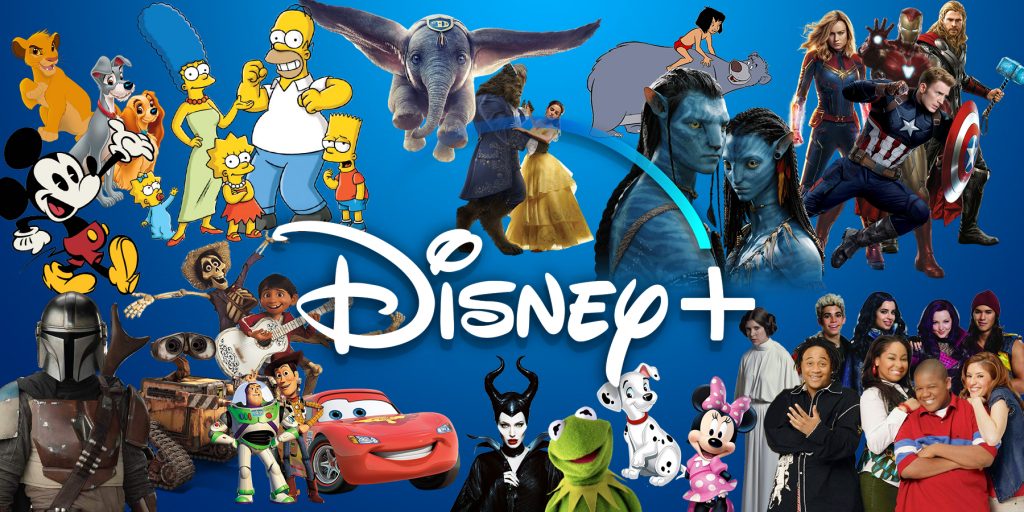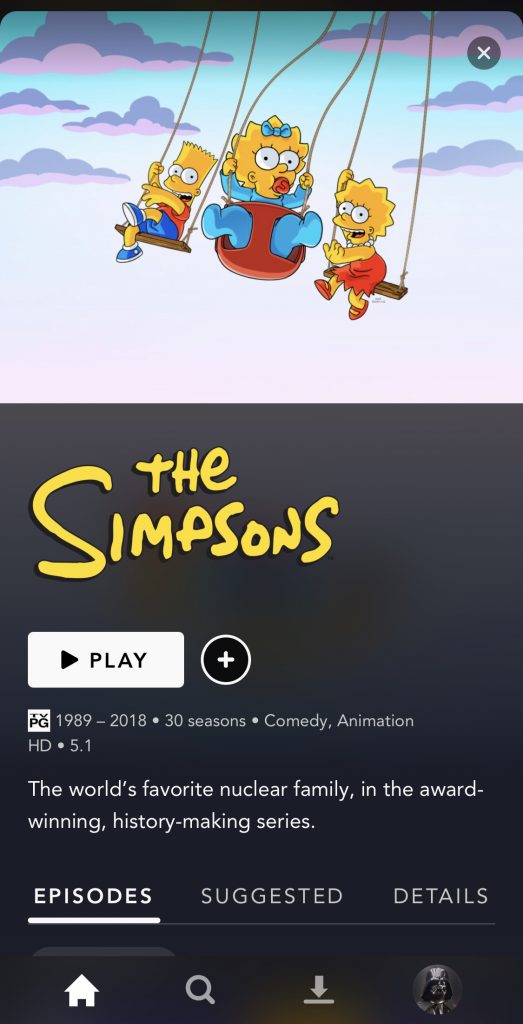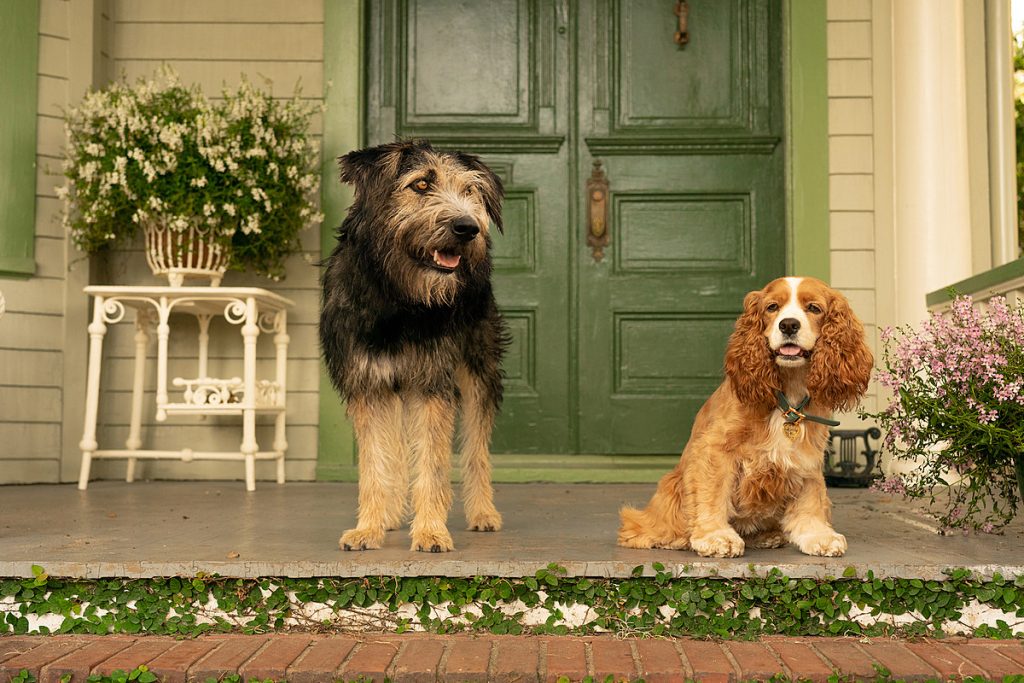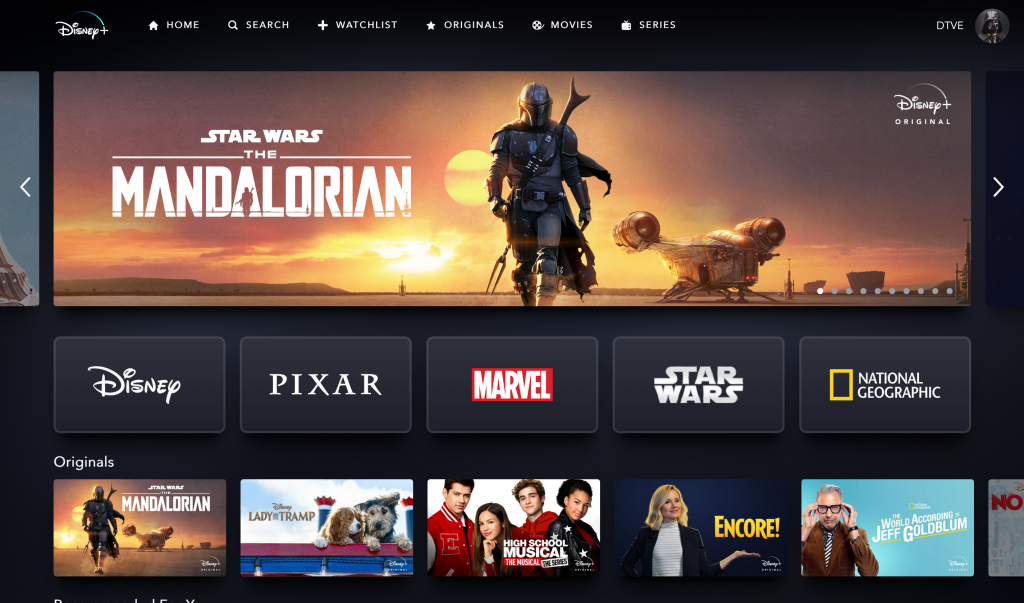
After more than 40 years of operation, DTVE is closing its doors and our website will no longer be updated daily. Thank you for all of your support.
Two days with Disney+ – can it beat Netflix?

Disney+ has landed and it is as grand as the company promised.
At launch, the service has more than 500 films and over 7,500 episodes of TV content – including 30 years worth of The Simpsons which up until the launch of Disney+ had its own standalone streamer – and this has been enough to draw in users. A lot of users as it turns out. Within the first 24 hours, Disney announced that 10 million people had already signed up from the US, Canada and the Netherlands, with researchers at Apptopia revealing that the app was downloaded more than 3.2 million times during that period.
Unsurprisingly, Disney was overwhelmed by the larger-than-expected demand and many users suffered technical issues, taking to Twitter to air their frustration. The company responded to much of the outrage with a simple message that “consumer demand for Disney+ exceeded our high expectations”.
Disney+ has also already exceeded the expectations of analysts at MoffettNathanson which had projected the service would reach 8 million subscribers by the end of the year. This does not even include Australia and New Zealand where the streamer launches on November 19.
While those in the Netherlands are able to enjoy the service now, Disney fanatics across Europe – and there are far too many to count – are wishing upon a star that the next four months go quickly with the service launching in the UK, France, Germany, Italy and Spain on March 31.
This is largely to do with Disney’s £800 million per year deal with Sky which runs until 2020.
While there are many superfans out there champing at the bit for The Mandalorian – the first live action TV series set in the Star Wars universe – to the point of resorting to piracy, many are just keen to experience the service and its near-century’s worth of content.
Finding myself in a position of professional curiosity and a lifetime spent indoctrinated by Disney content, I spent the evening of November 12 jumping through a series of hoops to try out the Dutch service.
There is no shortage of content on Disney+. As mentioned above, the oft-quoted stat of more than 500 films and over 7,500 TV episodes is a lofty figure, but it is only put into perspective when you enter the service.
At the top, users are presented with the service’s original content such as the National Geographic-produced The World According To Jeff Goldblum, the live-action remake of Lady And The Tramp and the aforementioned The Mandalorian. But just a cursory scan below that shows some of the biggest movies of all time – literally the two highest grossing box offices ever – quite nonchalantly laid out with little fanfare.
The search page also functions to showcase this depth, with a variety of ‘Collections’ that cover all bases such as those dedicated to Star Wars, The Muppets, and Mickey Mouse and Friends.
Interestingly, rather than deriding a lot of the ‘lesser’ titles as filler to bulk up the service, the intangible quality of the Disney brand name has meant that a lot of fans online have taken to treating obscure titles like Johnny Tsunami and The Cat From Outer Space with a kind of cult-like reverence.
That said, the slate of originals at launch seems limited, particularly when compared to Netflix and even the similarly new Apple TV+. Only The Mandalorian is being pitched as a platform-seller, but Disney’s extensive library at a competitive price point has evidently proved to be value enough for the 10 million users who have signed up for the one week trial. Disney will hope that the addition of new episodes to its original series each Friday will curb potential churn.
From a user experience perspective there are some quality of life features that are frustratingly absent. The inclusion of curated collections is a welcome break from Netflix’s largely algorithmically generated lists, the lack of a ‘continue watching’ section can make all the content feel disparate.
 Even more irritating is that there seems to be no way to easily jump back into content. Selecting The Simpsons, for example, presents the first episode of the first season, regardless of where you last watched. This can make it difficult to dip in and out of watching a series.
Even more irritating is that there seems to be no way to easily jump back into content. Selecting The Simpsons, for example, presents the first episode of the first season, regardless of where you last watched. This can make it difficult to dip in and out of watching a series.
In the case of a half-finished film, the interface does not show you how much is remaining or even if you’ve watched any of the movie at all. Pressing play will take you back to where you left off, but these simple features which are commonplace in almost every other major VOD platform are even more apparent by their absence.
It is likely that Disney’s dedicated streaming division will integrate these features down the line, but their omission seems like an oversight that was easy to avoid.
But more than these UX complaints, having spent a couple of days with the service I am confident in saying that Disney+ is not the “Netflix killer” many thought it would be.
Not a Netflix killer
Perhaps this is to do with an abundance of expectation, but a large number of people had expected Disney+ to replace Netflix in their streaming diet.
The UK market in particular is very excited for the service, with a report from AudienceProject claiming that that 31% of future Disney+ users in the country plan to unsubscribe from Netflix, while Amazon Prime Video and Now TV are on the chopping block for 23% and 17% of future users.
This may be the case for families, but the lack of diversity across the service’s content will still lead users back to Netflix after the initial rush has worn off.
There is undoubtedly a wide range of shows and movies for Disney+ users to watch, but by design it is all keeping within the framework of ‘Disney’ content. That is to say it is all largely family-friendly and familiar, with little room for the experimental or boundary-pushing work that the likes of Netflix and Amazon have created and curated.
It is all that a Disney enthusiast could ask for, but runs the risk of appearing overly homogenised to a less core audience.
This, once again, is by design. Disney will argue that people looking for ‘edgier’ content in Disney+ are looking in the wrong place. 
Hulu, which Disney fully acquired in May, is the platform to which these users are directed. This positioning was reinforced by CEO Bob Iger’s recent declaration that the adult-oriented FX “will become a key content driver for Hulu.”
It is for this reason that Disney has launched a US$12.99 bundle of the two services, along with sports streamer ESPN+ – the latter being a content offer to which Netflix has no counter.
Disney+ alone is not a complete alternative to Netflix, though it is easy to view the bundle as the serious challenger to the de facto streaming leader. Both in the breadth of content and in price, the triumvirate offer can provide a compelling alternative.
The downside for Disney is that only one of the three – Disney+ – will have a wide international launch in the next year. Hulu and ESPN+ are viewed by the company as very domestically-focused products. Iger had previously said that Disney has “designs on growing Hulu outside of the United States,” but that will be a long-term plan that will take many years.
A mouse house of one’s own
For all the column inches written about Disney+ being the answer to Netflix, it currently resides in its own space.
The service is ambitious in its attempts to present 90 years of content from two of Hollywood’s largest studios in a manner that is not immediately overwhelming, but ultimately it has a limited range.
For many, this will be fine. But to the big question of whether Disney+ on its own will convince millions to cancel their Netflix subscriptions, the answer will largely be no.
What is immediately clear is that Disney+ won’t replace Netflix, and that it never really was designed to.



